 Originally posted by Nesster
Originally posted by Nesster 
Hey Jay, nice pics but you didn't post any from a bad lens....

Yes, but I've seen each of those lenses (A 50 f/2, M 28 f/2.8, SMC Tak 55, maybe
not so much the F 50 1.7) called 'sub-par', or generally denigrated as
not-so-good. Obviously, they're capable of some pretty good stuff.
Here's one I finally found from the Quantaray 28-90 - not the best shooting
conditions, but I can tell you that my 16-50 or Tamron 28-75 would have done
much better in this same circumstance - dull colors, fair center but bad edge
sharpness, just a drab image, IMO. The quantaray did just fine outdoors and in
good light, in fact pretty good, but in a lens-stress situation, it fails to deliver.
This is an example of what I'd consider a 'bad' lens:

Not terrible, but just no 'pop'.
Below is a 'good' example of the Vivitar 28mm close-focus in similar light - one
ray of sun was coming through a closed shade, very dim in the room. There
was actually more light in the Quantaray shot than this:

More edge-to-edge sharpness, better colors, more details resolved with the Viv.
Here's the Viv in dim tungsten - colors still look good, good detail:

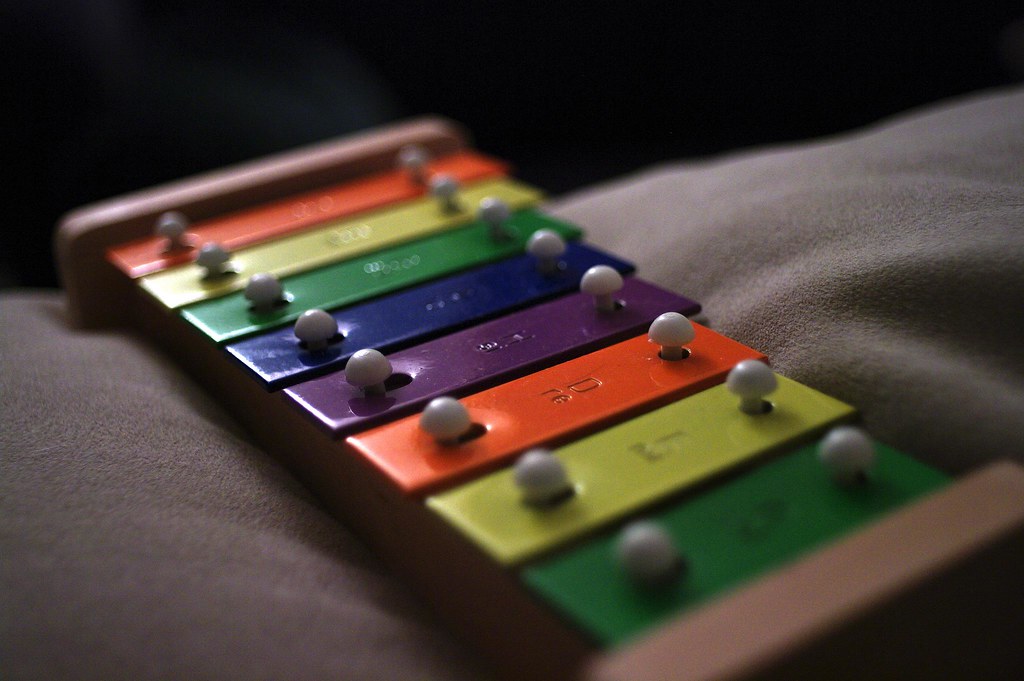
And of course, outdoors the Viv also can do things the quantaray can't do very
well or at all (close focus, better flare resistance):

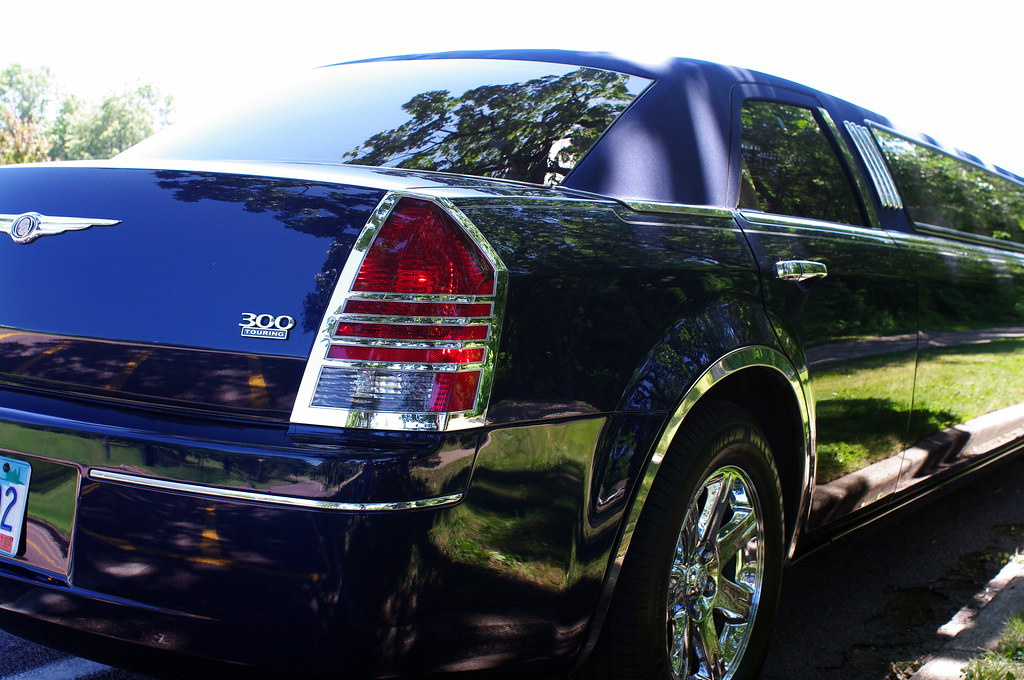


 Similar Threads
Similar Threads 









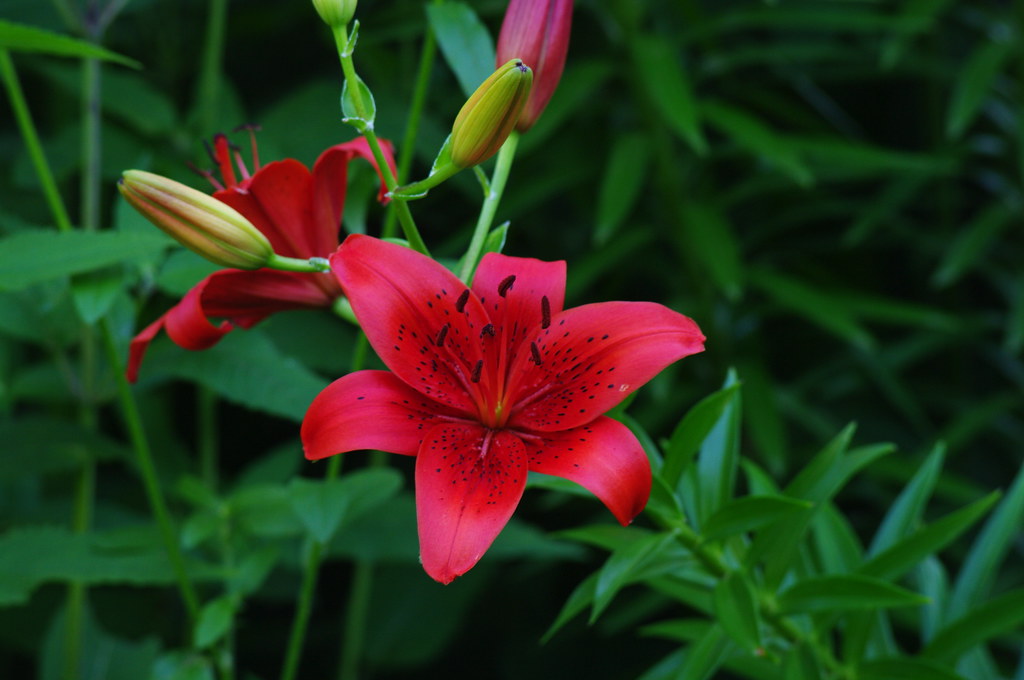
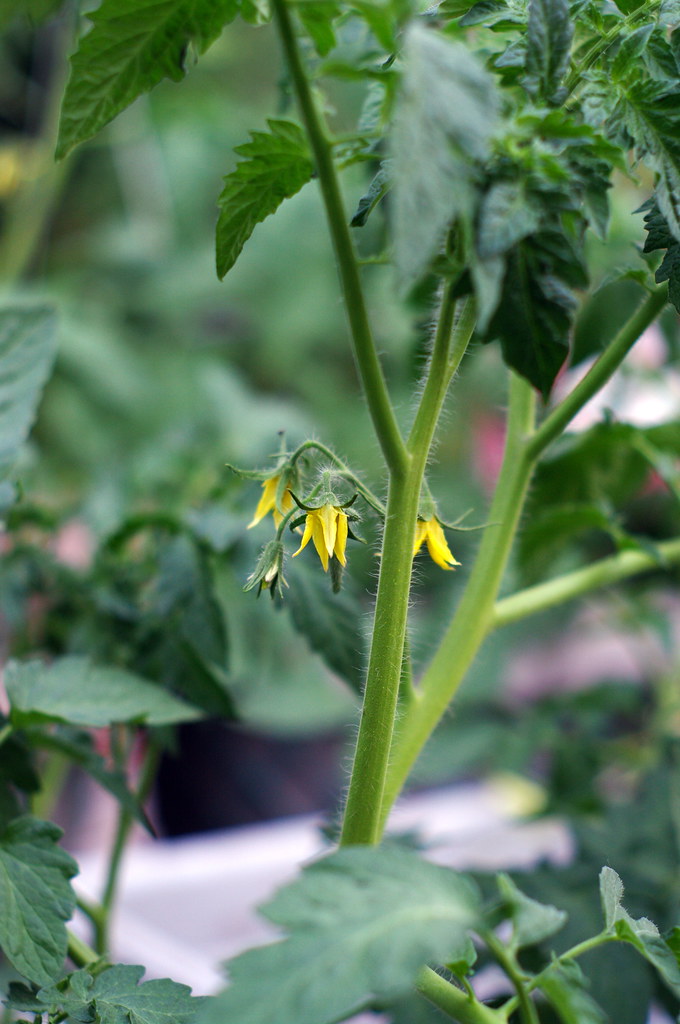

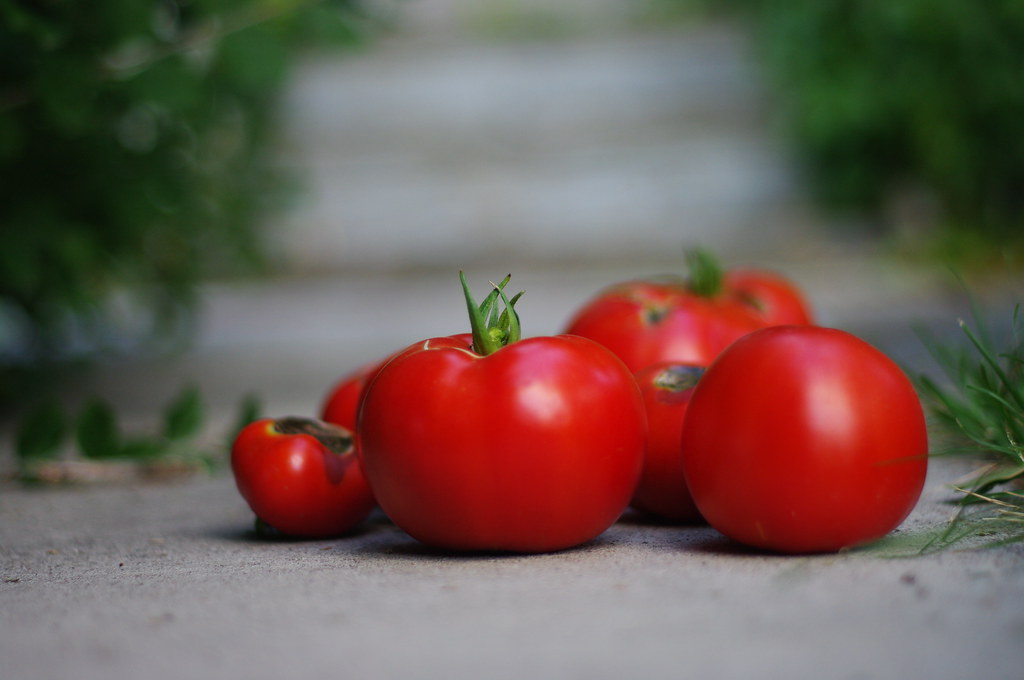
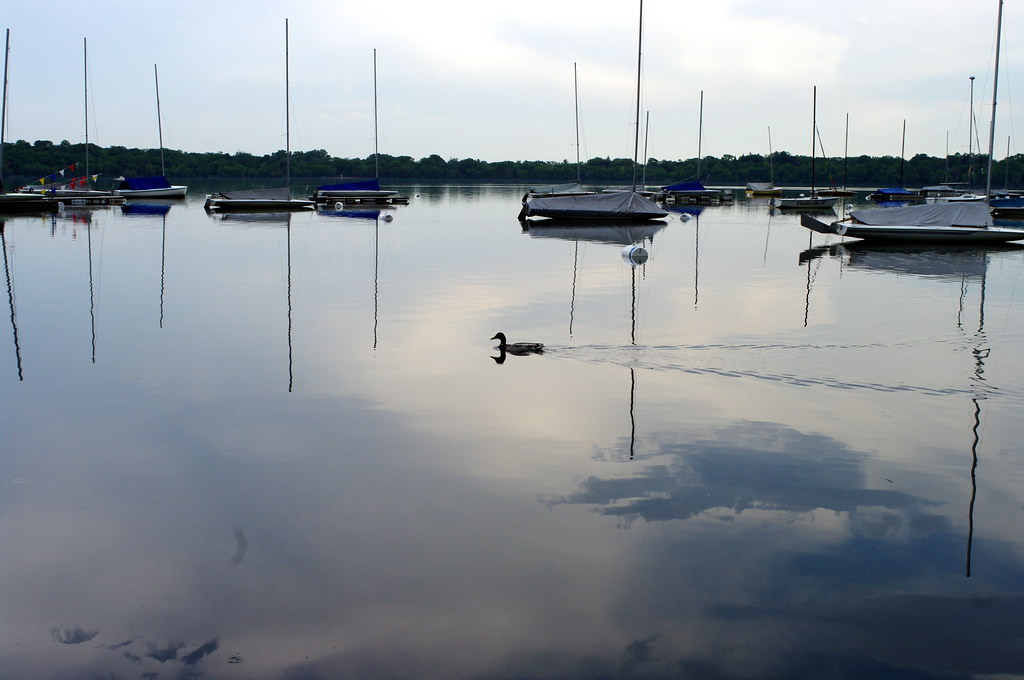
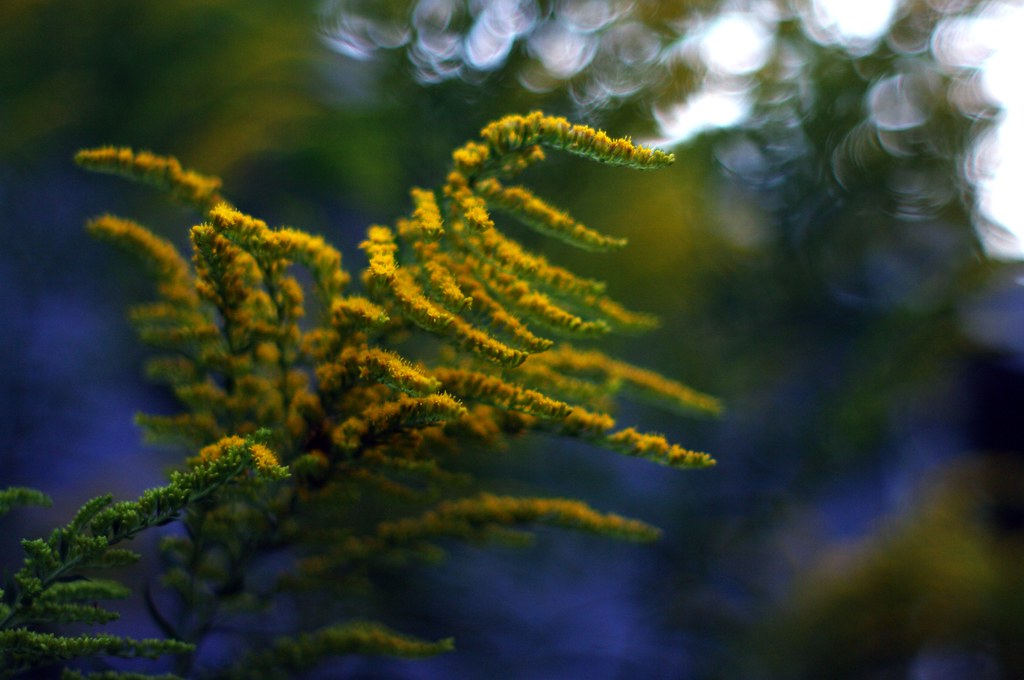


 )
)


















